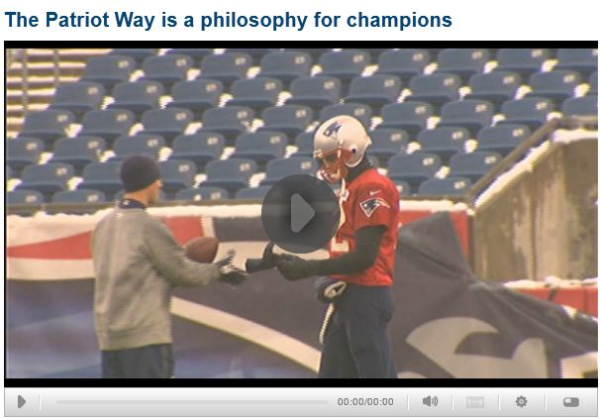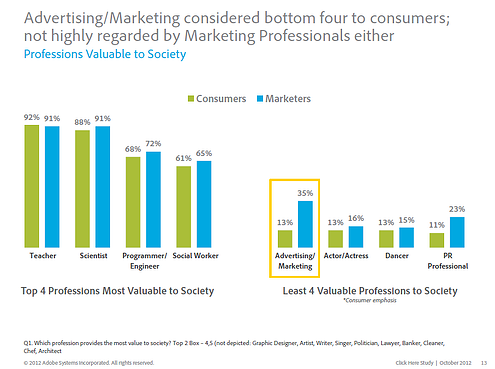
I’ll never forget the day I proposed. Of course I was nervous, but it felt like it was meant to be. Three months ago I proposed a brand health tracking project to a new client, and they said yes. On this Valentine’s Day I wanted to take a moment to reflect on the things that matter as you begin work with a new research partner, and the surprising parallels between client and personal relationships. As someone who has been happily married for 17 years, it’s fun for me to look back and remember the early days of the marriage!
1. Take the time to really get to know your partner
Just as you would (I hope) spend time early on getting to know your significant other—their values, friends, and family, it’s critical to understand your research partners’ organizational culture. For this relationship, because we took the time to ask, we learned that our client has a very egalitarian style—soliciting and accepting input from a wide range of people. We framed the planning and design stages with that cooperative culture in mind. Our approach would be very different in a “top down” kind of organization.
2. Don’t be afraid to challenge your partner
Of course we want to please our partners—our significant others or our clients. But growth doesn’t come for any of us if we’re not willing to get out of our comfort zones. This is true in client relationships as well as dating or marriage. We know one of the main reasons we have such long standing relationships with our clients is our experience and willingness to challenge the status quo when we know a project or process can be improved. One of the things our client values is our “appropriate” challenges to how they do things. We’ve taken over an existing brand tracker, so there are inevitable trade-offs about changing things to better reflect the current world and keeping the ability to track results over time. We told our client that we would act as if we were building the tracker from scratch and work with her to strike the right balance between usefulness and comparability. The fact that our client not only was comfortable with this, but encouraged more of it through the planning and design phases was a great early sign that they're “our kind” of partner!
3. Make regular communication part of the process
Communication is a topic in every relationship book ever written (look it up—OK don’t) and of course it seems obvious, but it’s just as important in your client relationships. But good communication is not a download of every idea you’ve had in excruciating detail, instead it’s about learning to say what you mean in a way that your client can use and understand. Here’s what works for this client (and many of our other clients as well):
-
Regularly scheduled weekly calls during the planning and design stage;
-
A written weekly update that includes all work completed to date, a to do list with specific assignments and due dates, and an updated overall project schedule.
Consistently checking in with your partner means you can catch problems before they start, and it keeps everyone on the same page.
4. When you have a conflict…and you will, talk it out
Just like in dating or marriage, you’re sure to hit a speed bump or two in your working relationship; it’s how you handle it that counts. When we originally proposed to our client we’d introduced one of our senior project managers as the lead manager on the project. Soon after, that manager was promoted to a different position so we had to shift the team around after we won; it’s rare but it happens. Our contact let me know—by phone, which was so much better than email—she was concerned about these changes right away; luckily we were able to clarify that we had an even more experienced team assigned. Lesson: don’t let worries fester, deal with them directly and make yourself open to hearing and addressing your client’s concerns.
Finally, yes, relationships are hard (even imaginary relationships are tough, according to recent news reports!)—they take real work and nurturing to grow. But there are few things as satisfying as a true partnership.
Mark is VP of our Retail practice. We suspect this blog isn't his lovely wife's Valentine's Day present.
Love is in the air, learn how we help Match.com track their brand health.




 Naturally, by basing decisions unquestioningly on what consumers asked for, Komar and Melamid came up with a beauty. It’s a perfect combination of a pleasant blue sky, scenic mountains, frolicking deer, a picnicking family, and George Washington pondering life smack dab in the middle. It is a scene that has everything, and it's brilliant social commentary—but J.M.W. Turner it’s not.
Naturally, by basing decisions unquestioningly on what consumers asked for, Komar and Melamid came up with a beauty. It’s a perfect combination of a pleasant blue sky, scenic mountains, frolicking deer, a picnicking family, and George Washington pondering life smack dab in the middle. It is a scene that has everything, and it's brilliant social commentary—but J.M.W. Turner it’s not. But above all the biggest takeaway for me, from “The Most Wanted” painting, is that thoughtful actionable research starts with the end in mind. We researchers can’t measure needs, wants, and preferences for specific elements in the design without any forethought about the final results of the potential outcomes.
But above all the biggest takeaway for me, from “The Most Wanted” painting, is that thoughtful actionable research starts with the end in mind. We researchers can’t measure needs, wants, and preferences for specific elements in the design without any forethought about the final results of the potential outcomes. 
